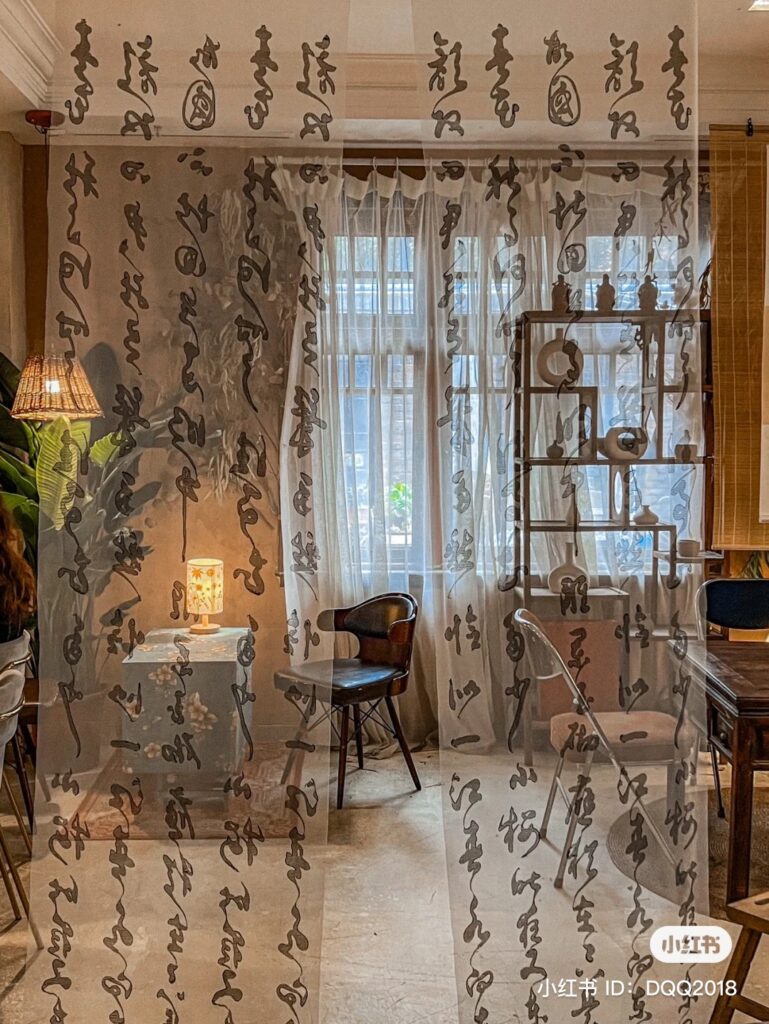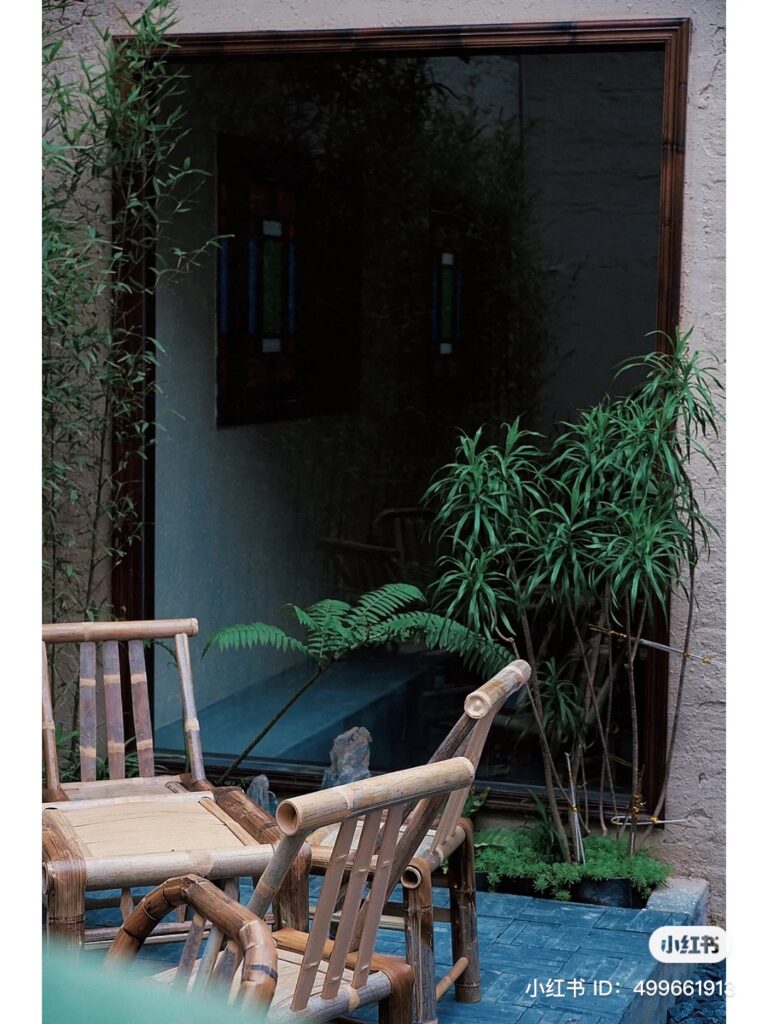“New Chinese-style” implies something traditionally Chinese but adapted to suit modern sensibilities. For “new Chinese-style” tea, a trend that has seen the revival of traditional teahouse décor and brewing equipment, the logic behind the buzzword’s use is clear.
But for coffee, the term seems paradoxical. Coffee is not historically a mainstay of Chinese culture, first becoming popularised on a mass scale when US conglomerates cracked open the market in the 1990s. It is only in the last few years that quality coffee has become a yuppie pursuit in Chinese cities, with local coffee chains popping up to offer the chic coffee experience that the once Starbucks-saturated landscape lacked.
It is only in the last few years that quality coffee has become a yuppie pursuit in Chinese cities
Whether or not the term makes intuitive sense, new Chinese-style coffee is on the rise. The Top 10 Coffee Trends 2022 report published by DianPing found that online searches for the trend increased 4713% in 2022. So what does “new Chinese-style” coffee really entail? Is it just about dressing up coffee or does it have a deeper appeal?
Bamboo and ceramics: just more guochao?
Search the phrase 新中式, meaning “new Chinese-style”, on lifestyle-sharing platform Xiaohongshu and you will find hundreds of images of qipao-inspired tops and jackets. Hairstyles, makeup looks, and poses are also among the top suggested searches completing the phrase.



As these results suggest, new Chinese-style as a prefix is about a carefully crafted aesthetic, one that exudes an elegance and cultural refinement that is quintessentially Chinese. But scrolling through social media posts tagged with “new Chinese-style coffee” it’s easy to feel like the trend is a gimmick. Coffee served in cloisonne cups surrounded by bamboo furnishings and calligraphy art – whilst eye-catching – doesn’t instantly reveal any clear reinterpretation of Chinese culture and leaves you wondering what is both “new” and “Chinese” about it.
This is in part because guochao – also known as ‘China chic’ – is partly characterised by a reclaiming of things Westerners have historically latched onto when exoticizing East Asian culture. New Chinese-style coffee is clearly deeply influenced by guochao as a fashion movement. But putting aside the glossy exterior found on Xiaohongshu, the trend is infused with a new-found appreciation for the local, rather than the national.
Reinventing the urban experience
As Leeon Zhu, Consumer Planning Director APAC at Diageo, pointed out during Dao Insights’ recent webinar, “COVID restrictions have provoked a reassessment of the value of our immediate environment and cultural roots”. The emergence of Citywalk, a trend in which urban dwellers roam their cities in a relaxed manner, encompasses this desire for local connection particularly well. Trends like this reflect a deeper questioning of what it means to live in a city and what modern success looks like.
Their beautiful and meditative décor offers a reprieve from hurried city life
Aside from creating highly photographable moments for social media, New Chinese-style coffee shops invite a similar appreciation for one’s surroundings. Their beautiful and meditative décor offers a reprieve from hurried city life, encouraging customers to pause, notice the moment, and enjoy their coffee slowly. This distinguishes them from the on-the-go model of huge chains like Luckin which place convenience above all else.



Coffee in many ways encapsulates urban life – someone quickly chugging down caffeine to fuel their busy day at work. New Chinese-style coffee spins this on its head, making the urban young professional coffee drinking experience about pleasure rather than achievement. In this way, it is a rejection of 内卷 – a buzzword akin to “rat race” that has become popular among young Chinese to describe the ever more competitive nature of society.
Whilst the revival of traditional tea drinking culture also has this meditative quality, the association of coffee with mainstream notions of success is far stronger, making new Chinese-style coffee a more powerful statement.









